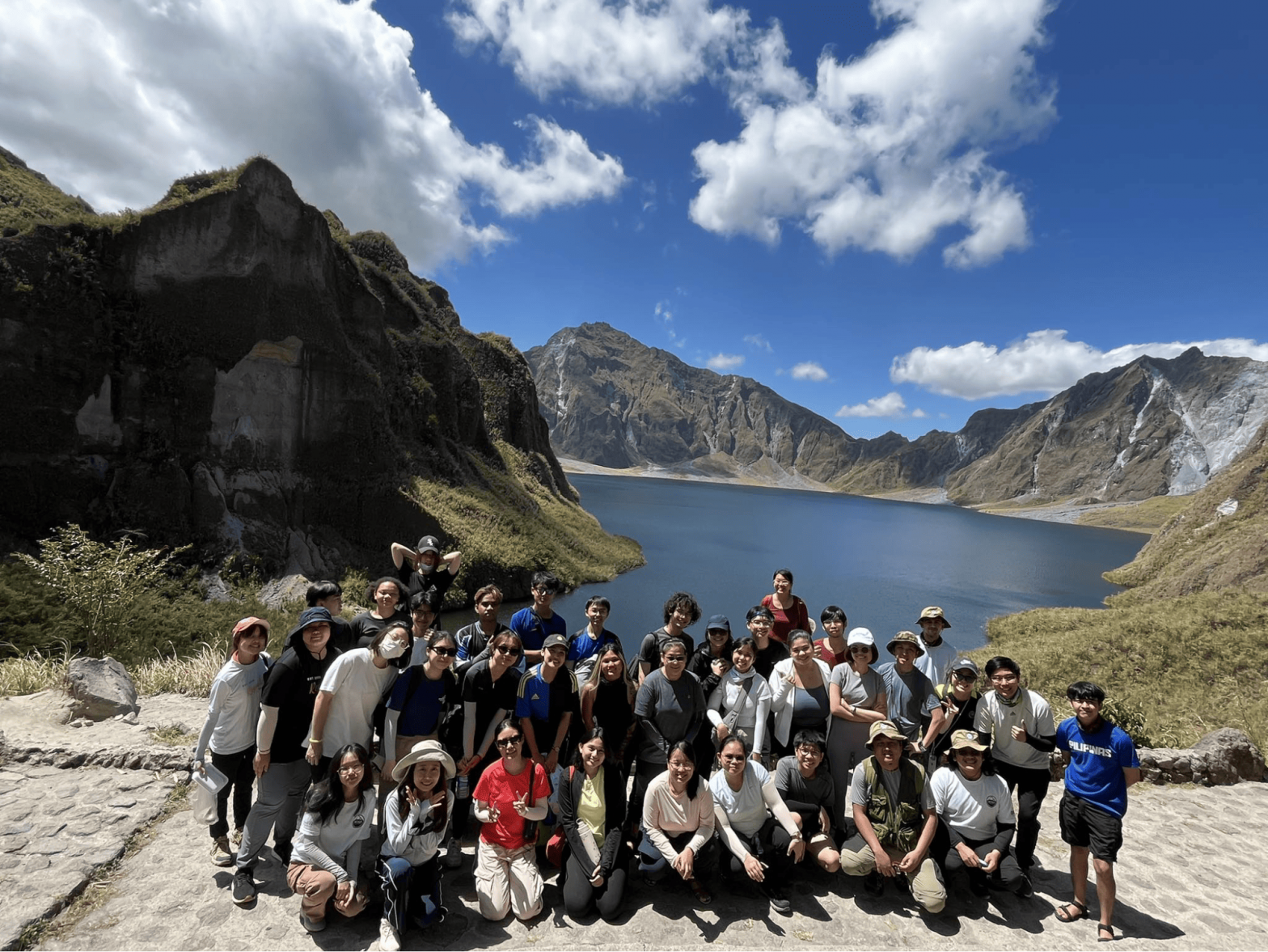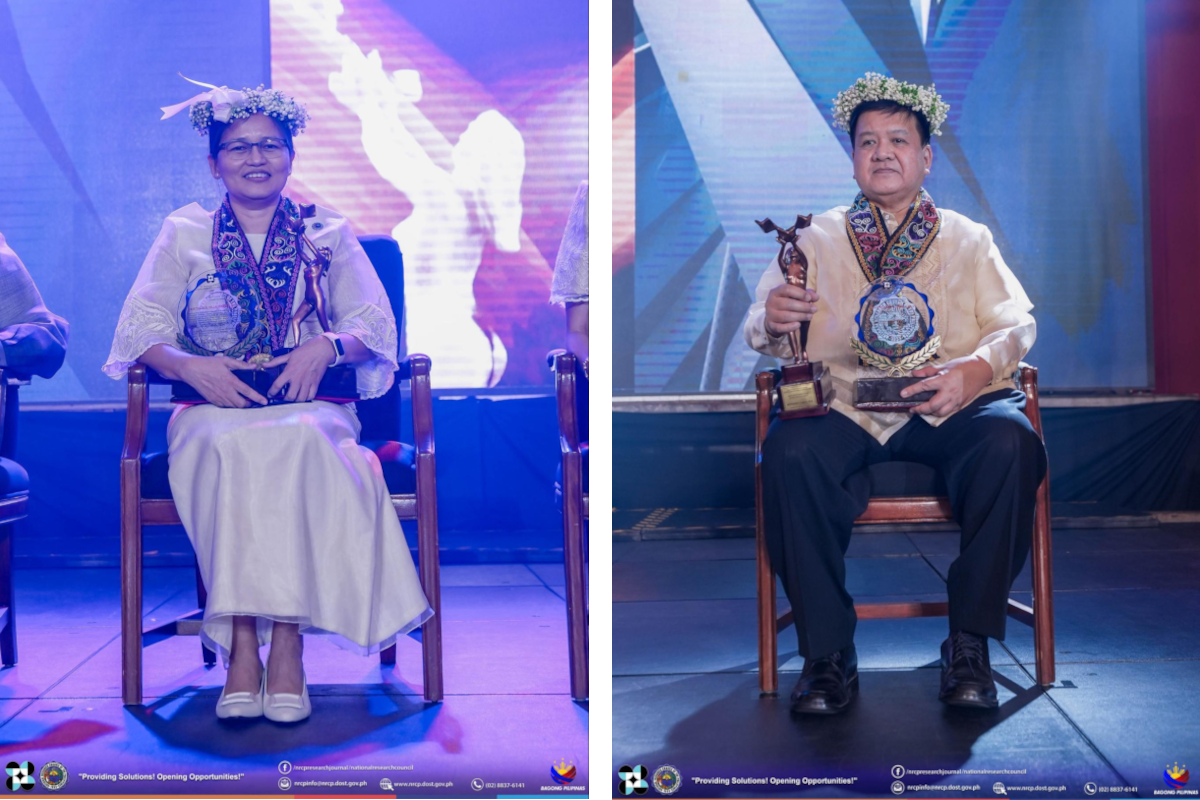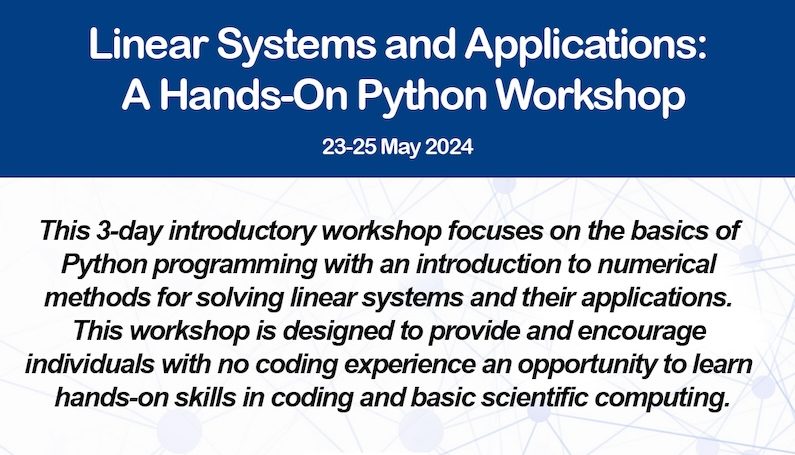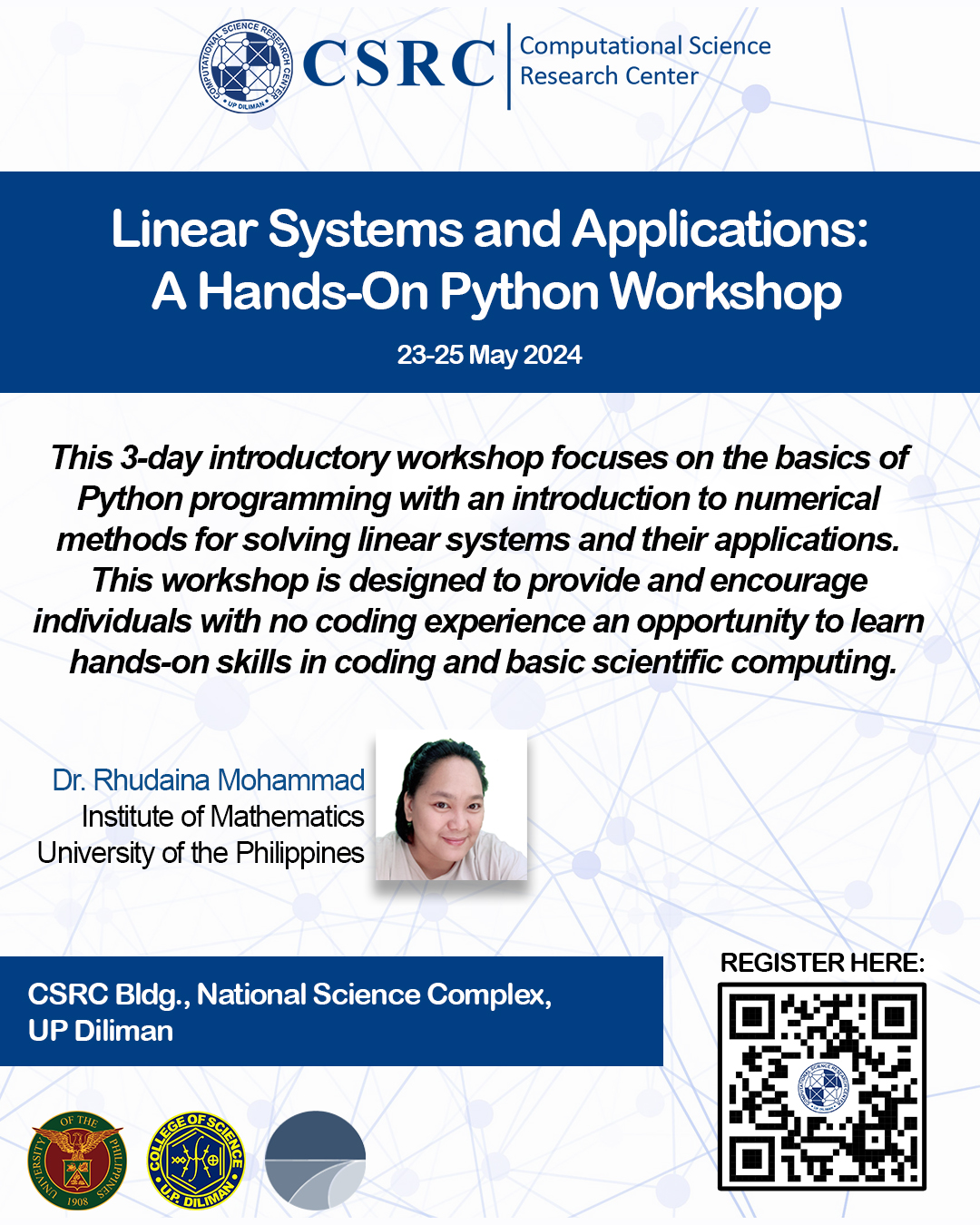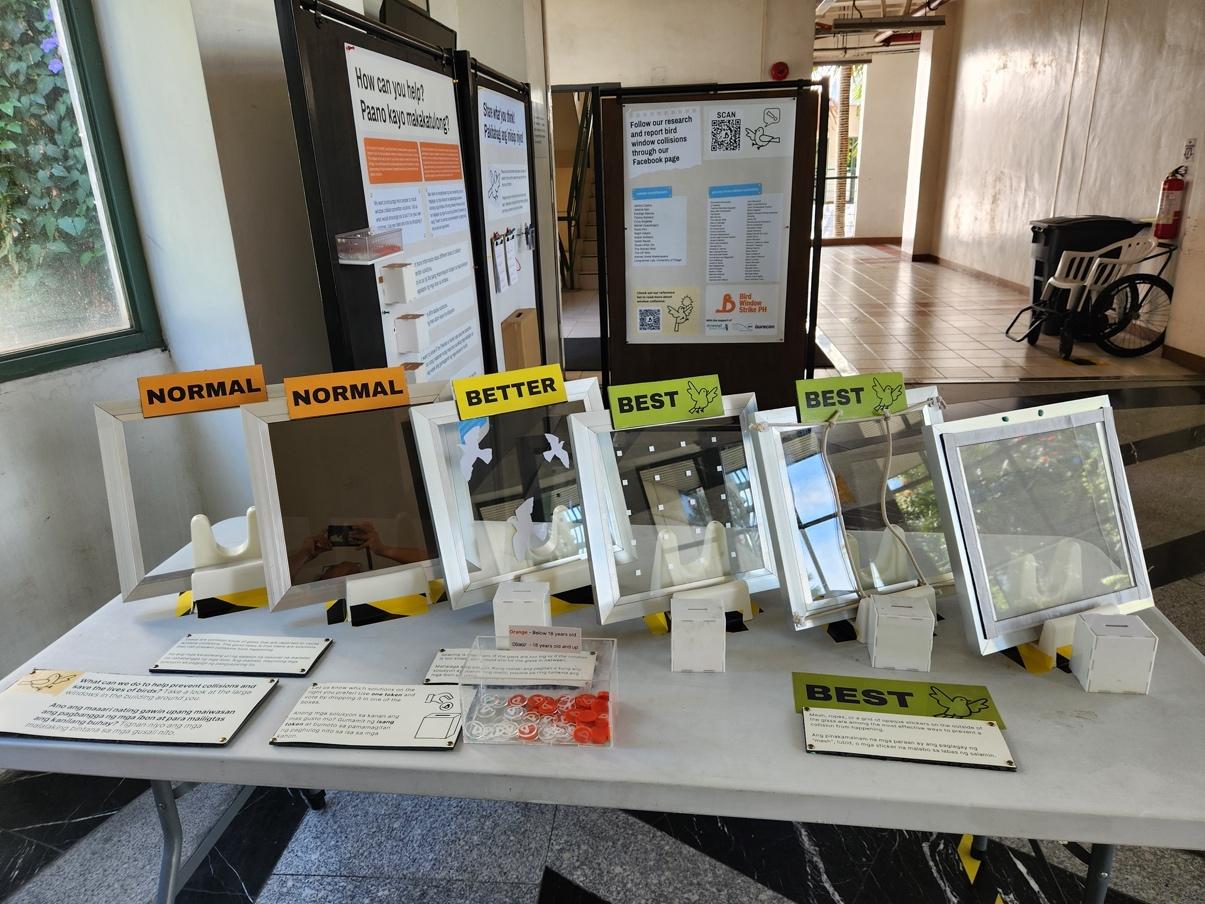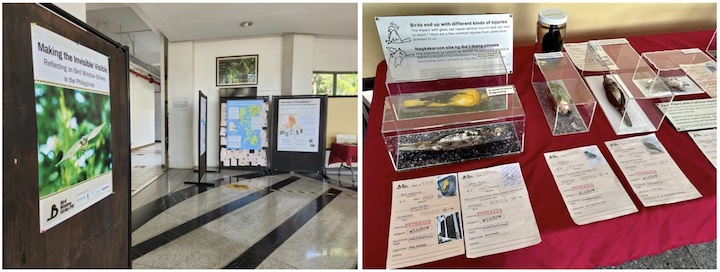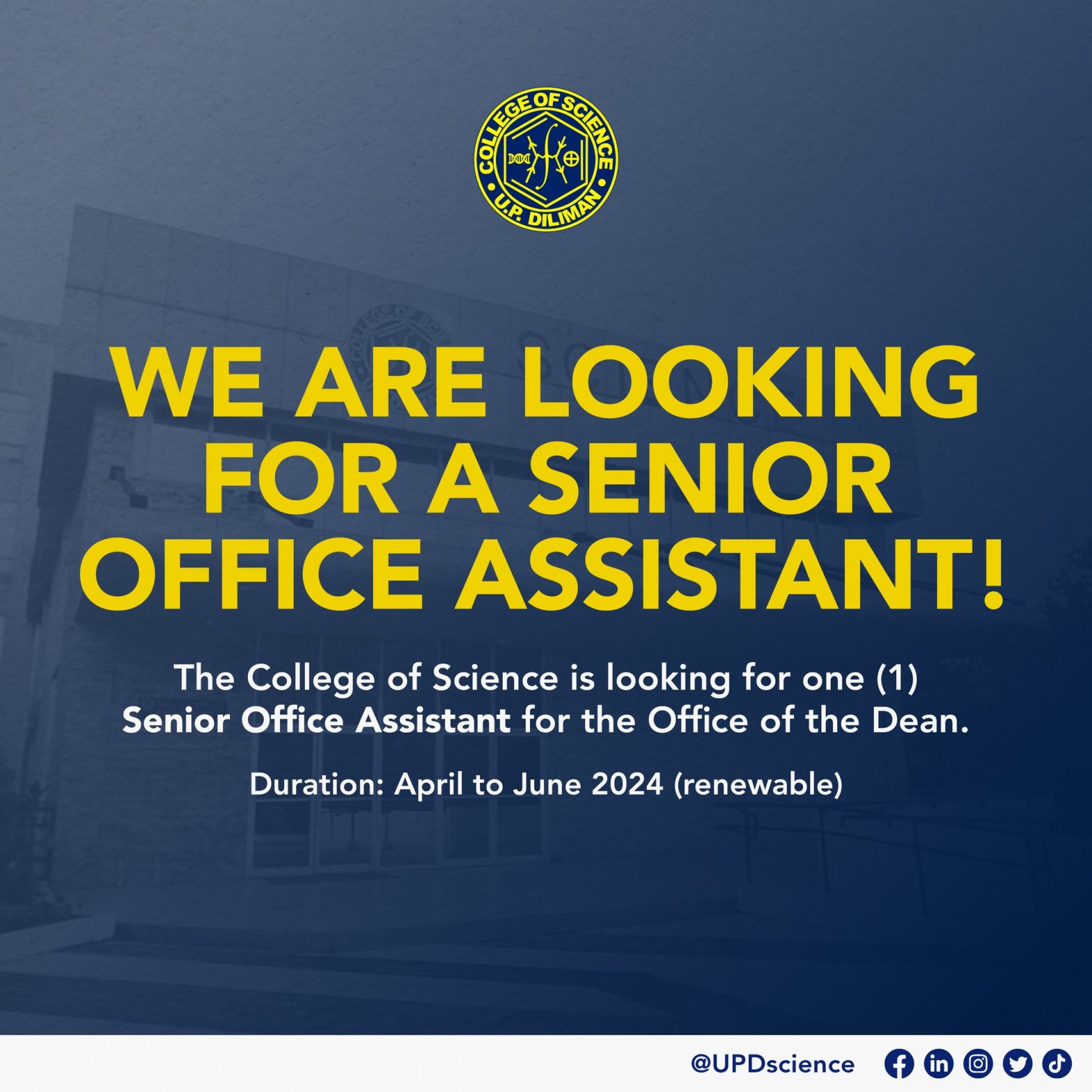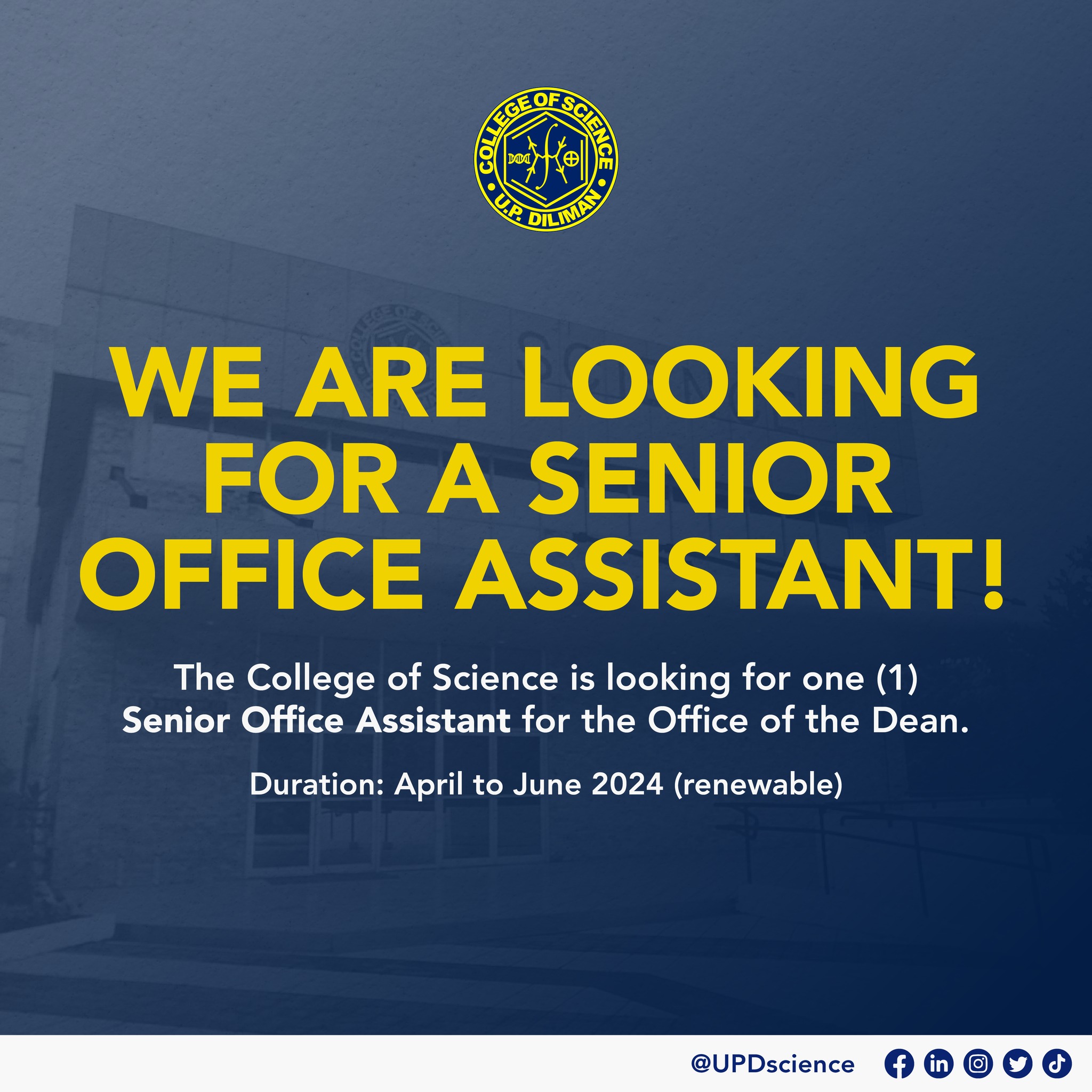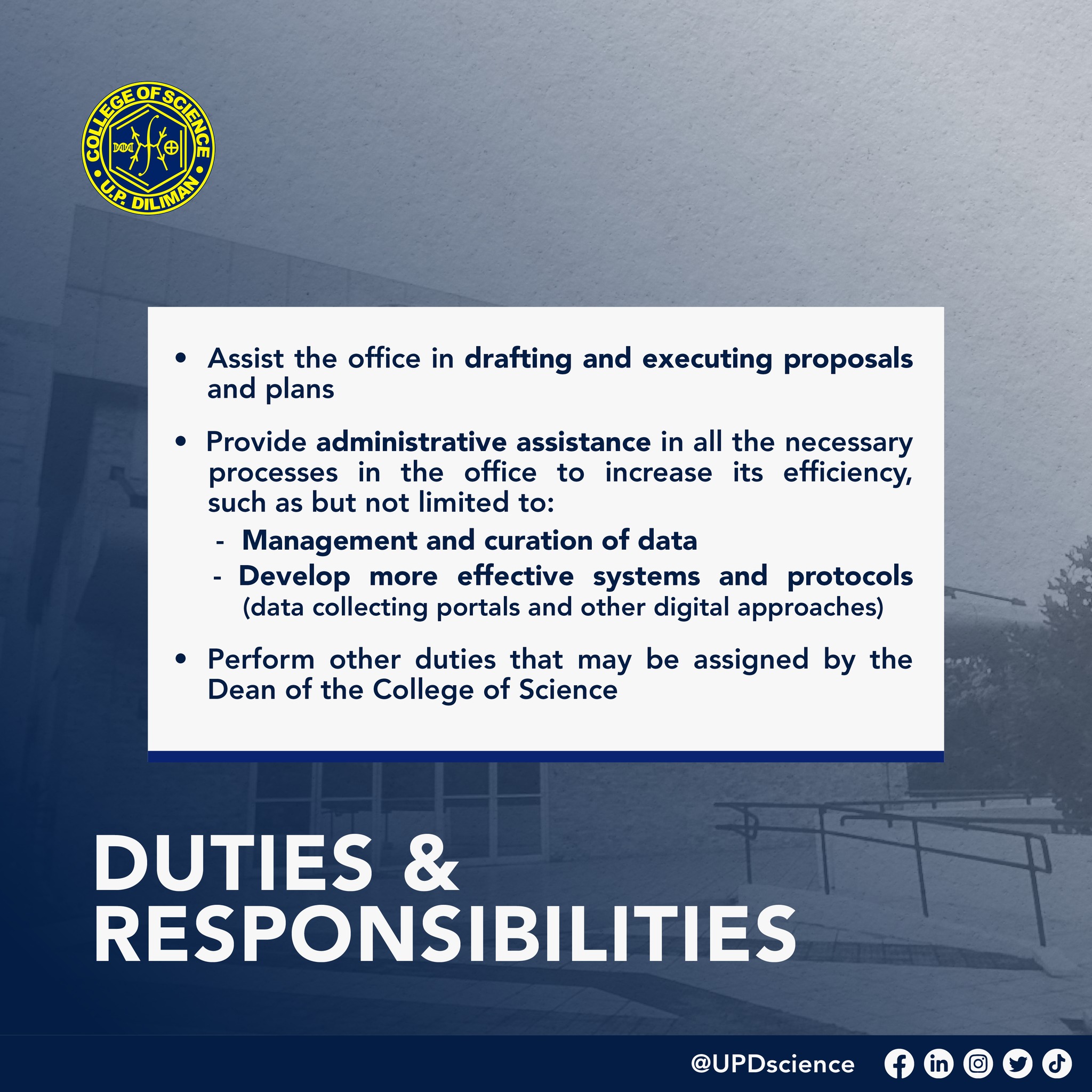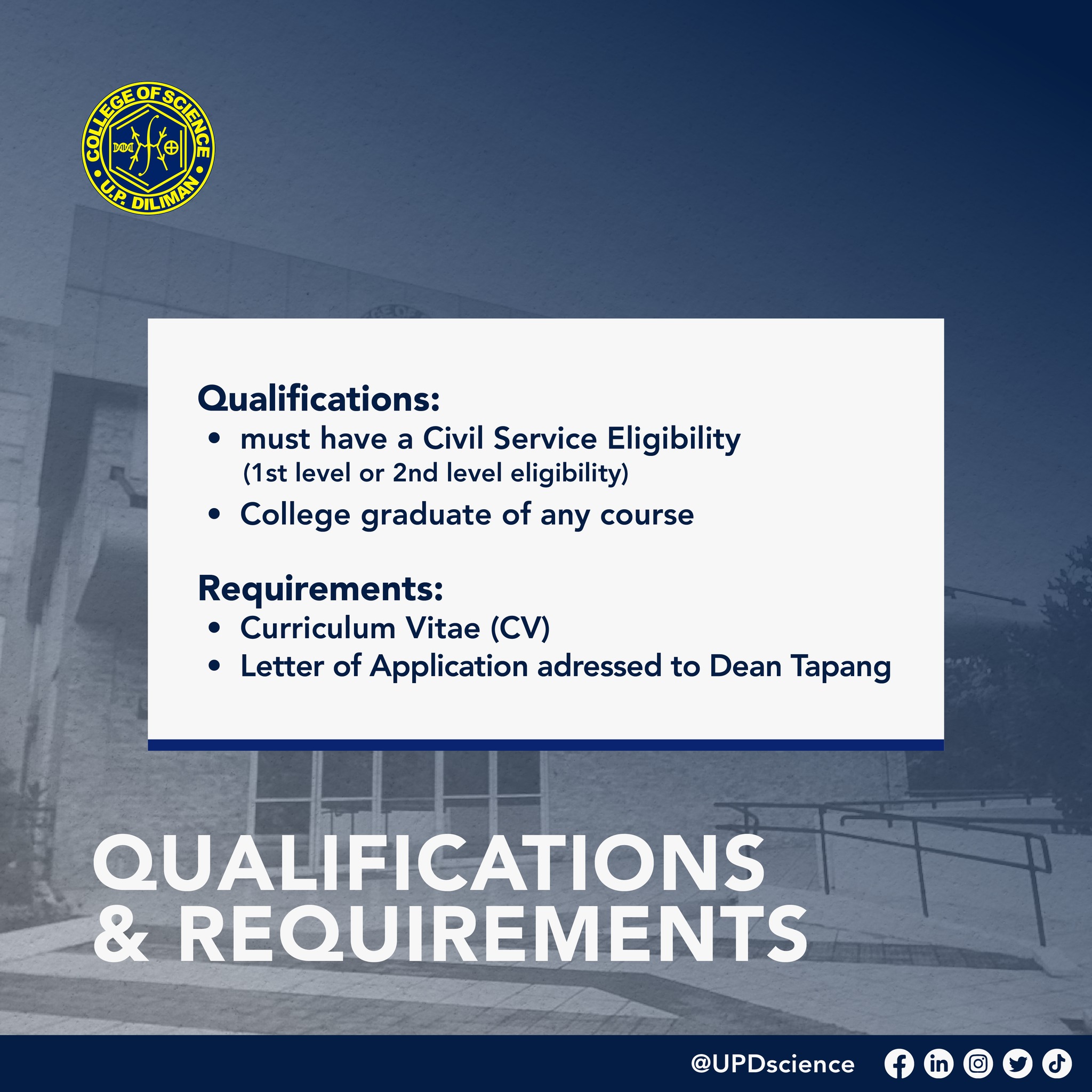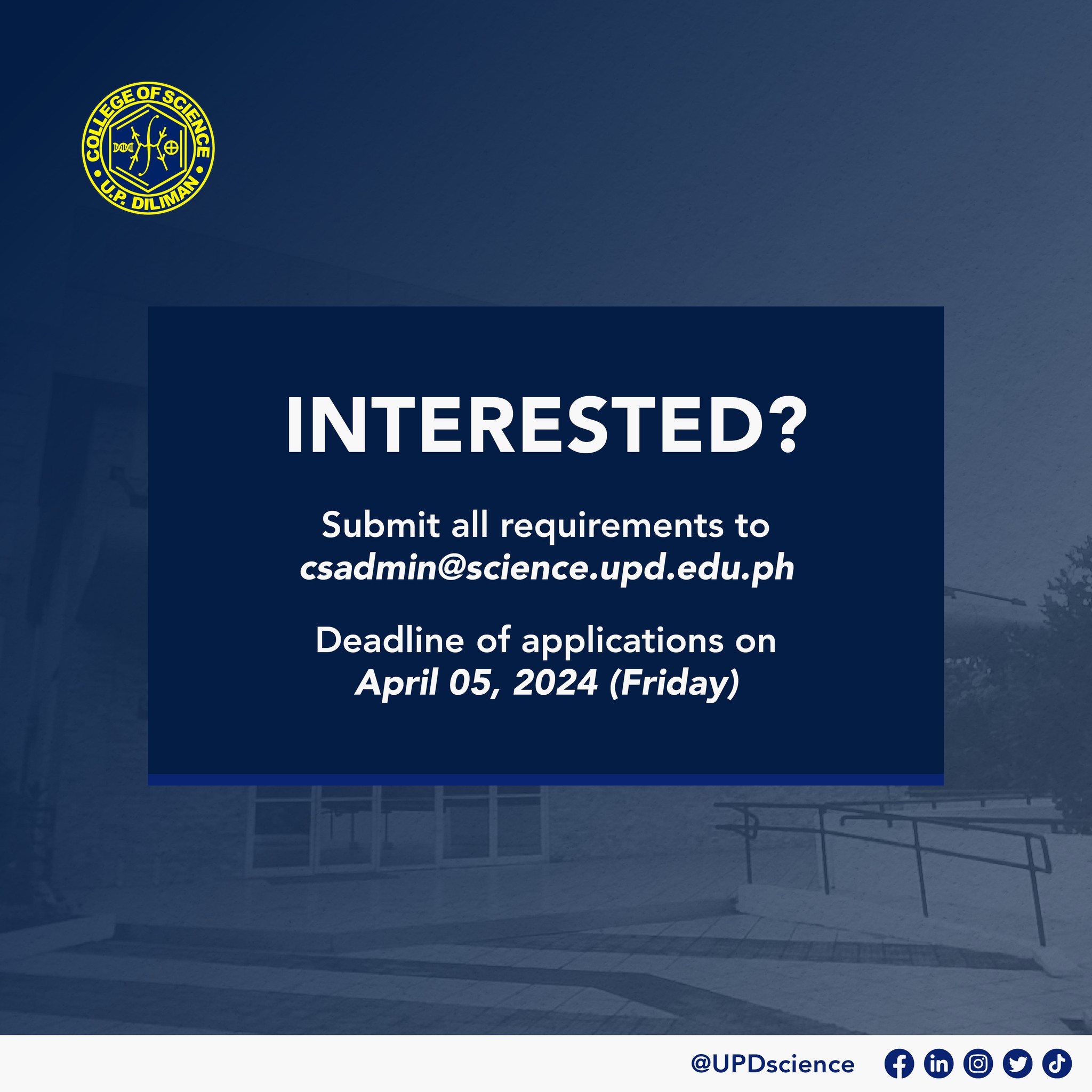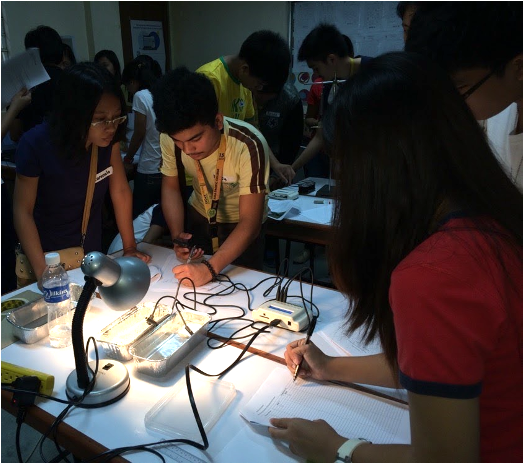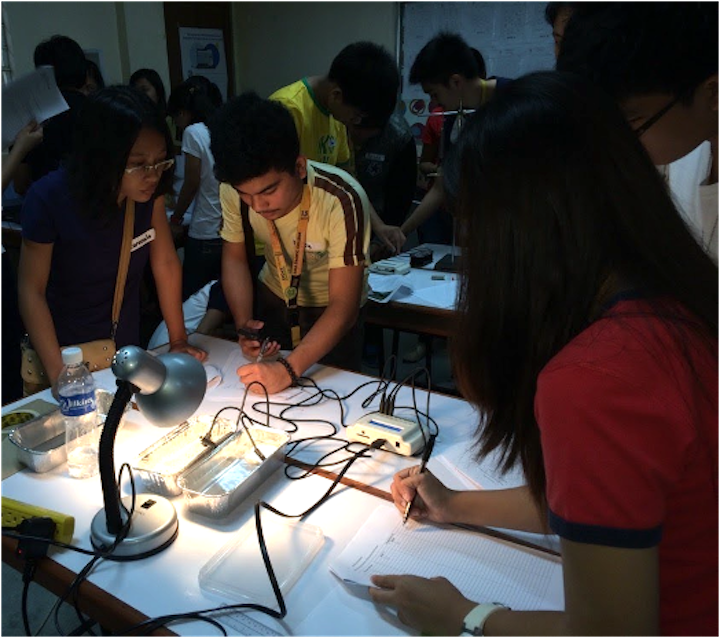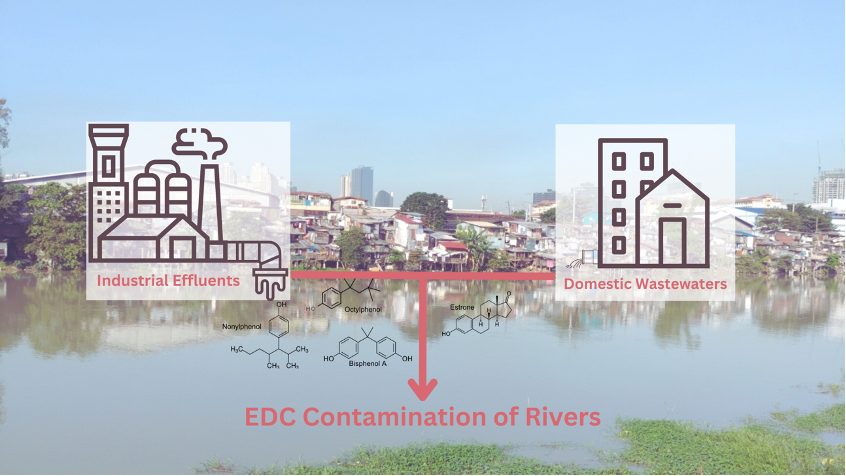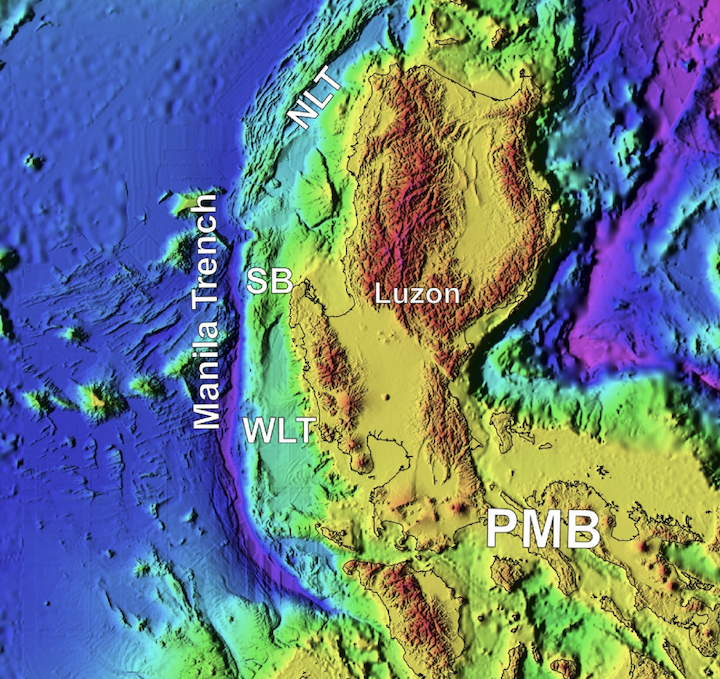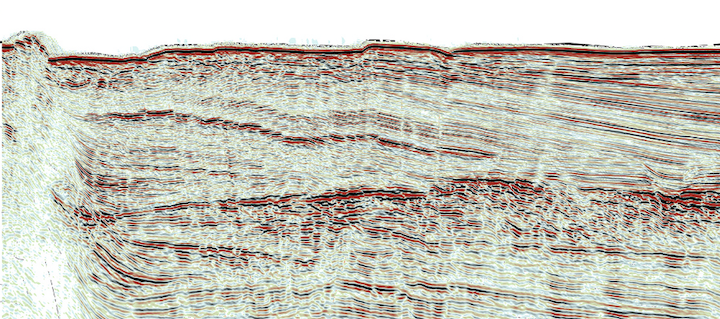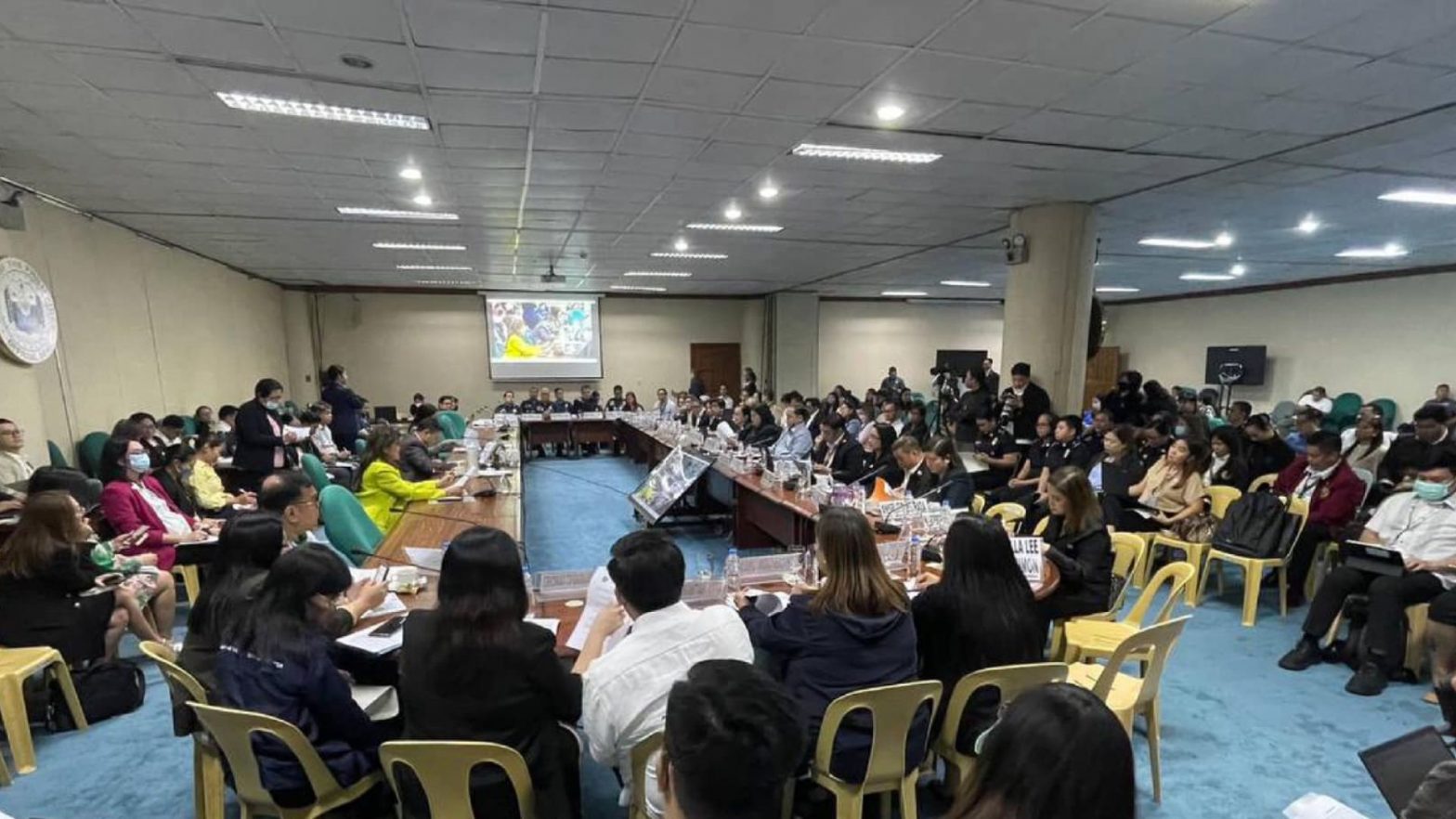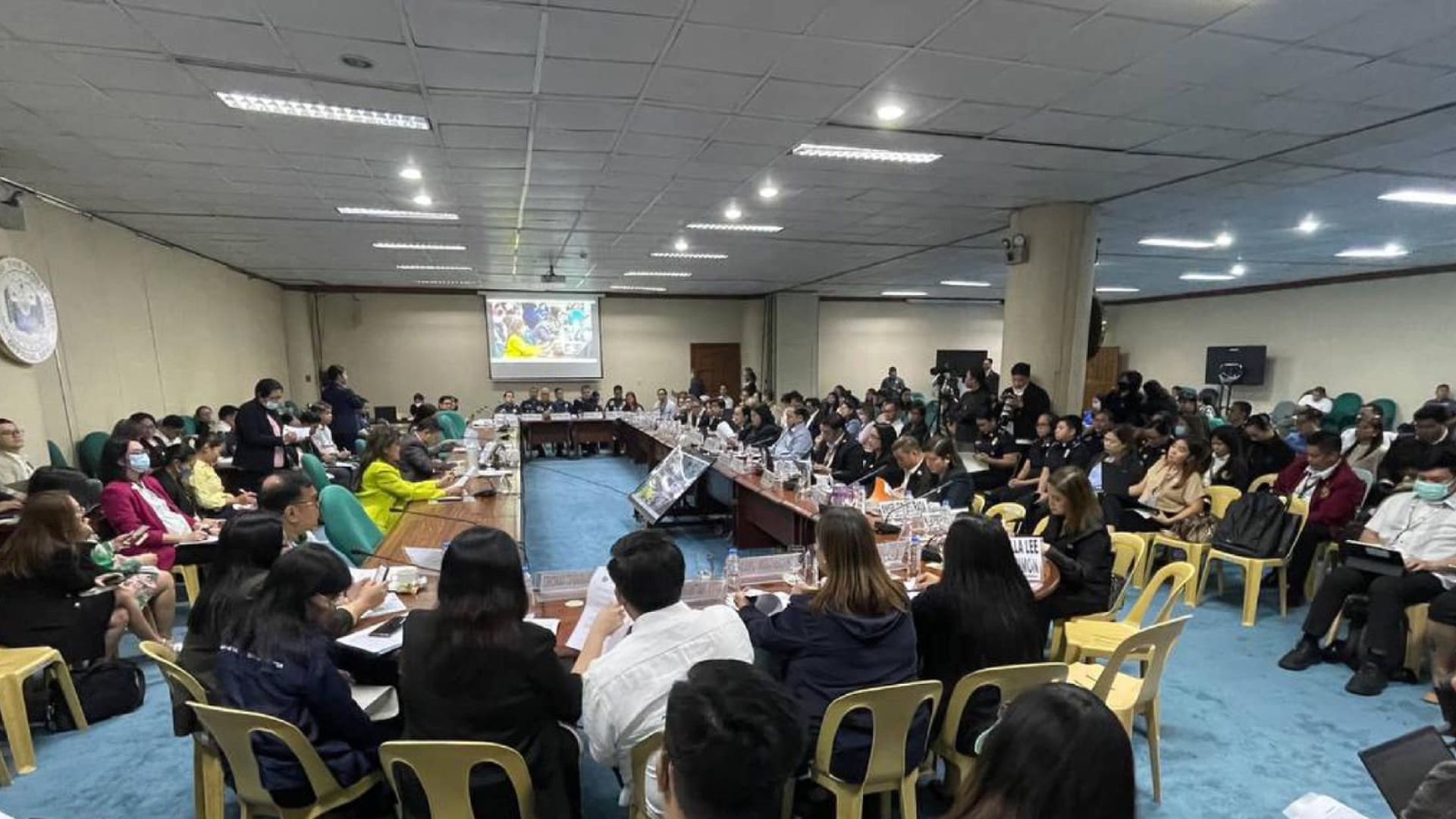Science Majors Participate in Month-long Singapore-PH Leadership Exchange Program
Published: April 19, 2024
By: Harvey L. Sapigao
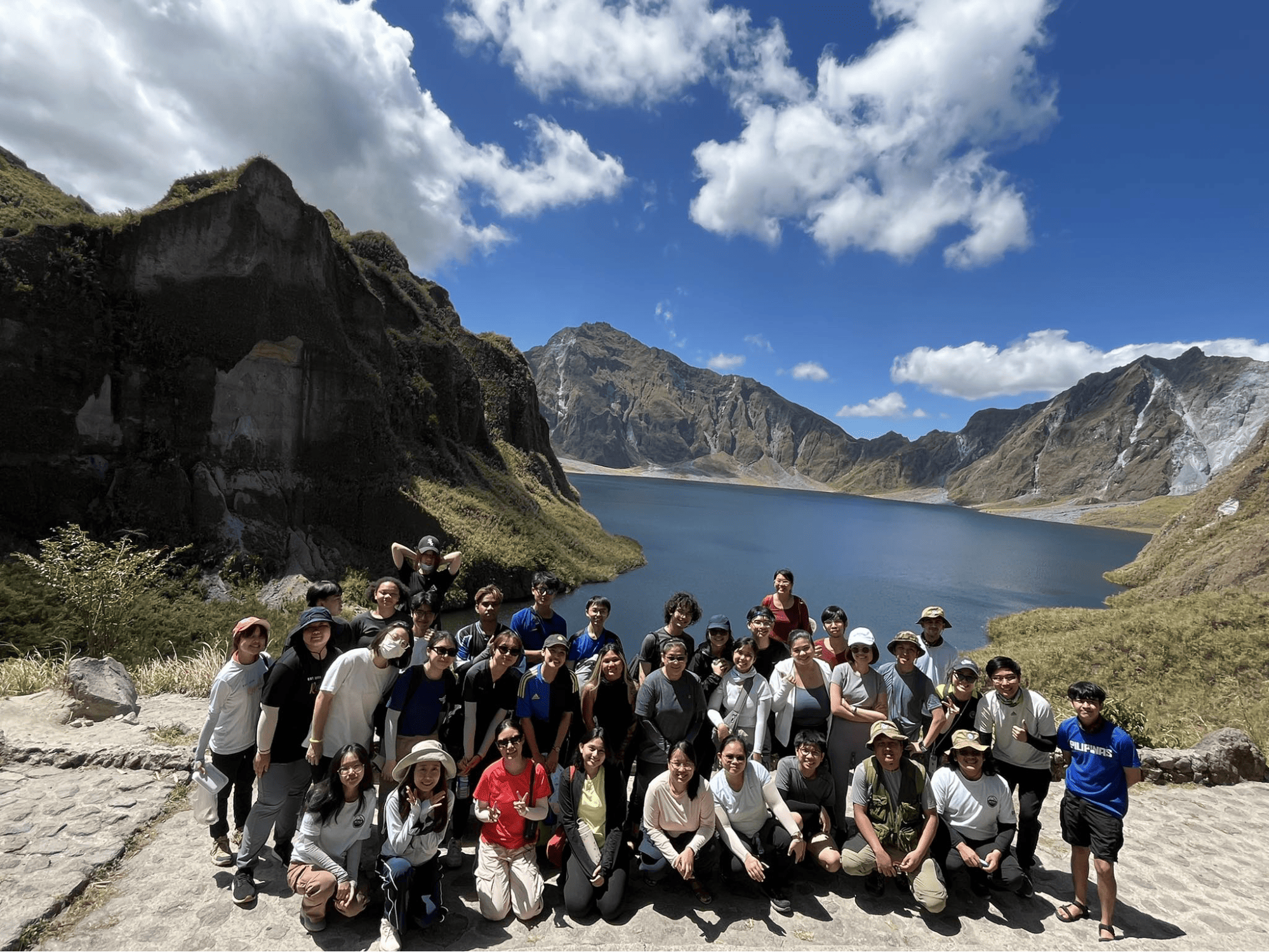
Students of the UP Diliman College of Science (UPD-CS) and the Republic Polytechnic in Singapore (RP) immersed themselves in the month-long Temasek Foundation International Specialists’ Community Action and Leadership Exchange (TFI SCALE) Programme, the first half taking place in Singapore on September 6 to 19, 2023, and the second half in the Philippines last March 31 to April 8, 2024.
The TFI SCALE Programme aims to promote cultural, cognitive, social, and emotional engagements among Southeast Asian youths. In the 9th iteration of the program, students from the National Institute of Geological Sciences (UPD-CS NIGS), Institute of Biology (UPD-CS IB), and National Institute of Molecular Biology and Biotechnology (UPD-CS NIMBB) collaborated with students from RP’s School of Applied Sciences.
As part of the program in the Philippines, the exchange students visited Mt. Pinatubo, the Las Piñas-Parañaque Wetland Park (LPPWP), and the Parañaque Science High School (ParSci) to explore the country’s climate, biodiversity, research, and sustainability issues.
The participants were divided into three groups: the microplastics group which examined the presence of microplastics in Manila Bay, the coliform group which investigated human and animal waste in the bay, and the mangrove cleanup trash segregation group which surveyed various types of trash found in the protected mangrove area of LPPWP.

They also conducted a Youth Community Engagement Program for Grade 7 students of ParSci. The outreach program included activities meant to raise awareness of climate change, biodiversity, and sustainability among ParSci students, especially since the school is located right beside one of the major tributaries of Manila Bay.
In her closing remarks, Program Coordinator Dr. Lillian Jennifer Rodriguez underscored the program’s importance in teaching the youth about sustainability, building lifelong ties, and producing future leaders. “You are our future leaders,” she said, reminding them of their responsibility to apply the knowledge they have gained from the program.
Last April 4, 2024, UPD Chancellor Edgardo Carlo Vistan II signed a memorandum of understanding (MOU) in the presence of RP officials, solidifying future partnerships between the two institutions. The MOU stated that both parties will collaborate on the “exchange of students, including student internship; joint lectures, research activities, symposia, and projects; exchange of academic materials, publications, and information; and exchange of academic staff.”
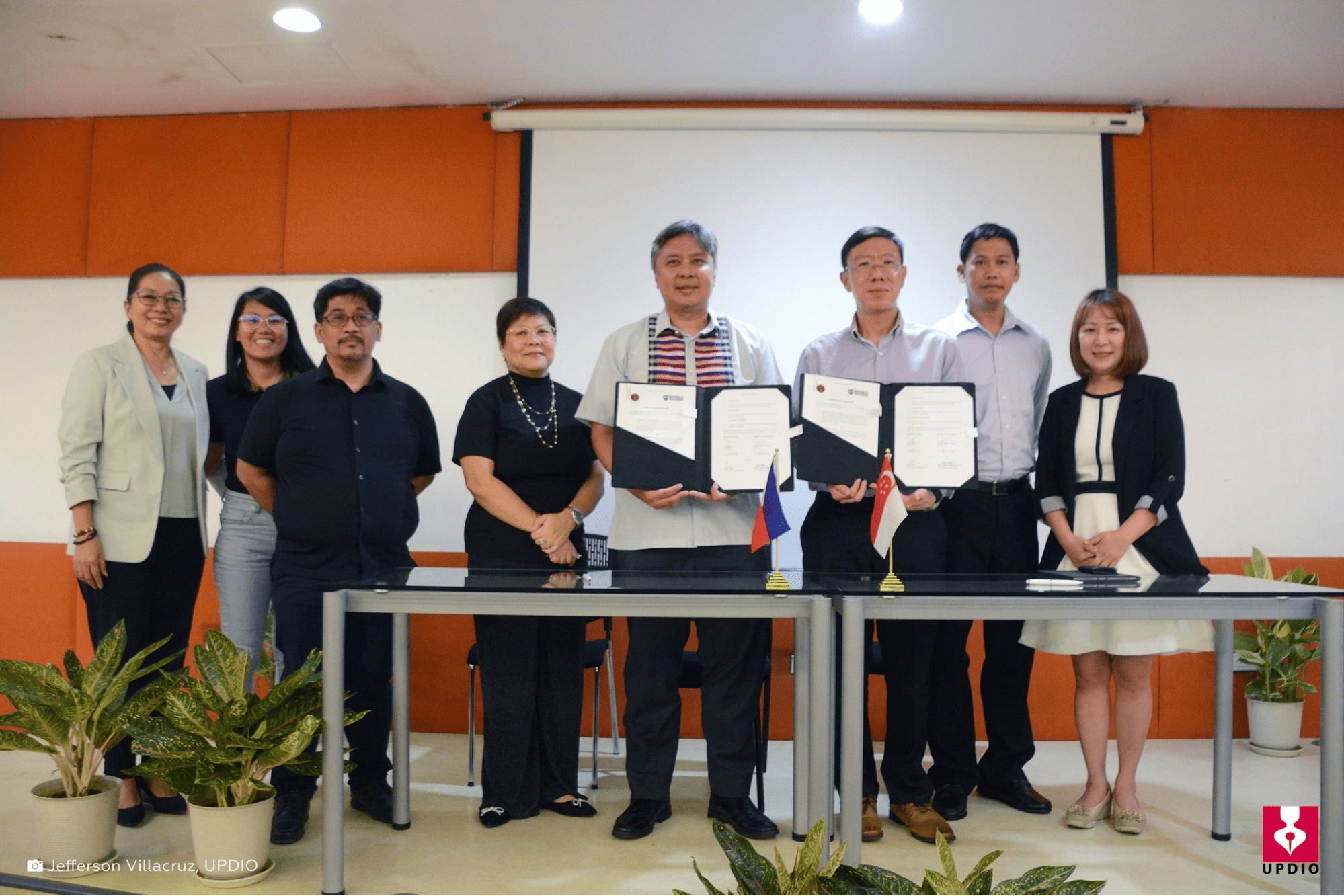
“This program fostered a rich exchange of experiences,” said Raymond Gallego, one of the program’s participants and student of UPD-CS NIGS, in his testimonial. “The formalization of this partnership between UP Diliman and Republic Polytechnic definitely paves the way for more students to forge friendships, expand their knowledge, and strengthen relations between our countries.”
Aside from Gallego, the CS students who completed the program were Francesca Petero, Alena Taladua, Kristina Marie Dela Cruz, Johannah Isabel Sengson, Florence Maryanna Agcaoili, Sabine Alexa Guinto, Martine Gabrielle Rosete, Josef Emil Artiaga, Sean Michael Maghirang, John Daniel Regala, John Nash Guzon, and Glenn Vallespin.
For interview requests and other concerns, please contact media@science.upd.edu.ph.

